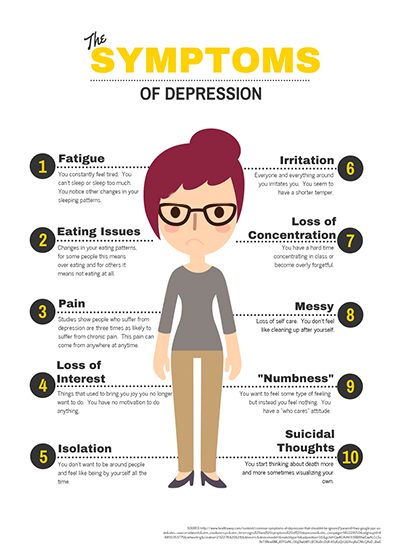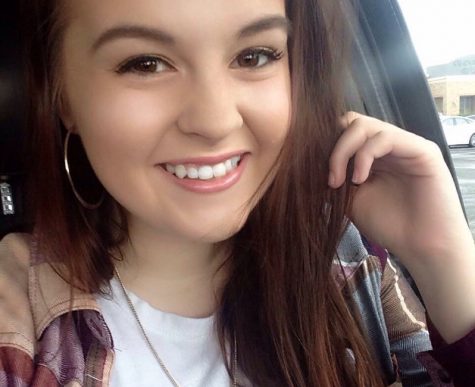Seasonal Depression
Sophomore Heather Stanford is one of many high school students suffering with depression. Depression is a common yet challenging mental illness that effects about one in eight adolescents in the U.S.

According to the National Institute of Mental Health “In 2015, an estimated three million adolescents aged 12 to 17 in the United States had at least one major depressive episode in the past year.” That’s 12.5% of the adolescent population.
“It was in 2013. I was 12, and I don’t know, I had a lot of stuff going on, I couldn’t get out of bed, I wasn’t eating, I started cutting and stuff. So, my mom took me to a therapist and the used, like, the DSM and they diagnosed me with Major Depression and they sent me to a mental hospital,” said Stanford.
Depression symptoms can include sadness, general discontent and loss of interest in activities, mood swings, anxiety, insomnia, excessive sleep, loss/gain of appetite or weight, and thoughts of suicide. Imagine dealing with all those symptoms plus the added pressures of school, work, home life, or other mental health issues.
“I feel numb and I can’t move and I have no motivation for anything. I tend to vary between eating more and less but when I eat more I make myself puke it up because I start to hate myself. I normally sleep a lot. Like about 7 hours a day. I isolate myself in my room and I’ll get really mean as well,” said Stanford.
A lot of teenagers end up having to go to a mental hospital because they’re a danger to themselves or others.
“I went to Smithville Mental Hospital. They would split it into three groups, one is for adolescents, one for adults and one for kids. A lot of the kids I was grouped with were just a mess. We had to go on lockdown once because some kid stole scissors. I feel like I didn’t have freedom there. They bolted the windows shut, we couldn’t watch TV or any of that,” said Stanford.
Suicide is the 10th leading cause of death in the U.S. and 44,193 Americans die each year by suicide. According to the American Foundation for Suicide Prevention, “In 2015, adolescents and young adults aged 15 to 24 had a suicide rate of 12.5%.”
“In 2015, adolescents and young adults aged 15 to 24 had a suicide rate of 12.5,” according to the American Foundation for Suicide Prevention.
“When I was 14, I was in a relationship where I was being abused. I didn’t really know what to do about it because nobody would believe me. At the time I was on antidepressants, and I took like the whole bottle and I had like a seizure. I had to go to the hospital and get my stomach pumped. They put a tube in my throat. I’ve tried a lot of times actually,” said Stanford.
While the statistics of suicide and depression in the us are pretty bleak, hope is not lost for those who experience depression and suicidal thoughts. Therapy, antidepressants, healthier diet and exercise are all ways to help the symptoms and thoughts that go along with it.
“I take 200 mg of Lexapro and I take two pills of those a day. I also take Seroquel because I have night terrors. I used to be in therapy but I’m not anymore. I quit therapy last year. I don’t think I’m good enough to not be in therapy but I don’t think someone should be telling me their opinion of what’s wrong. My therapist wasn’t really helpful. She always jumped to conclusions and just put me in mental hospitals. She always just said I was unfit to be in the world,” said Stanford.
If you have depression, it will get better. It takes work and it takes changes but depression doesn’t have to last forever. You don’t always have to feel this way.

Hi! My name is Malea Biswell; and I am a writer for NorthmanNews and for The Northmen's Log magazine. I’m very excited to be on the staff this year,...

Junior Luci Conkling is enjoying her first year as the Web Editor for Northmen News. When she isn’t writing articles, she enjoys taking pictures of all...





